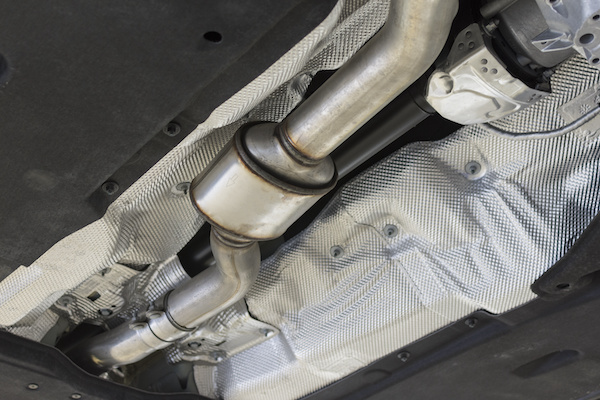
Catalytic converters are exhaust emission control devices that are often referred to as cats, and they are virtually in every car on the road. Some cars have as many as four. They are used usually with internal combustion engines and need to work at high temperatures to be effective. They are located underneath the vehicle near the exhaust outlet.
In order to help them warm up quickly to the temperatures at which they are most effective, they are located between the engine and muffler. There are different types of catalytic converters designed to be fitted to a variety of car models. They are vital for your car and its emissions control. They take toxins and convert them into carbon monoxide and water vapors. The catalytic converter is so important because of its ability to take pollutants and convert them into less dangerous gases.
Catalytic converters are designed to not only receive exhaust gases but to also change their chemical nature. This enables them to reduce the volume of emissions. They have a ceramic-based honeycomb structure that is lined with metals, each one having a specific job. These precious metals aid the catalytic converter in reducing emissions with their chemical reaction.
A catalytic converter contains two types of catalysts. The first one uses platinum and rhodium to reduce nitrogen gases. The second one is an oxidation catalyst that uses platinum and palladium to finish what the first catalyst started. They both work together to reduce smog. The sensor is the third component to finish the job of the two catalysts. The car's computer monitors the signal from the sensor. Some cars even have supplementary systems to aid the catalytic converter in the reduction of emissions. Catalytic converters are not only good for emissions, but they are also good for a car's efficiency.
If you need catalytic converter repair, don’t hesitate to bring your car into our auto repair shop today!